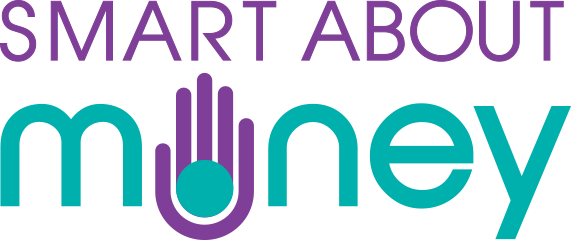There’s nothing quite like the satisfaction of achieving a goal. A new year brings 365 days with the opportunity to achieve bigger, bolder, and better plans.
When planning for big goals, it's important to consider your budget as you'll need to make sure you have the financial resources to achieve them. Here is a checklist of helpful tips to do just that:
List your goals or create a vision board
 Your goals can be personal or financial goals, or a combination of both. It's important to be specific, listing only goals that are realistic and achievable. Even better is a vision board where you see your goal – be it a photo of the Eiffel Tower or a toned beach body.
Your goals can be personal or financial goals, or a combination of both. It's important to be specific, listing only goals that are realistic and achievable. Even better is a vision board where you see your goal – be it a photo of the Eiffel Tower or a toned beach body.
Writing everything down and seeing pictures of what you want to accomplish, no matter how big or small, is key. This will give you a clear idea of what you want to achieve and help you stay motivated.

Once you have your list, prioritise your goals in order of their importance to you. This will help you focus on the most important goals first and allocate your resources – money or time - accordingly.
Consider the effort required to achieve each goal, as well as the potential impact on your life and well-being. What do you need to give up to achieve your goal? Or what do you need to start doing to get there?
 This could include things like travel expenses, equipment or supplies, or membership fees. Make sure to include any ongoing costs that may be associated with your goals, such as monthly gym membership fees.
This could include things like travel expenses, equipment or supplies, or membership fees. Make sure to include any ongoing costs that may be associated with your goals, such as monthly gym membership fees.
Don't forget to factor in the “opportunity cost” of pursuing a particular goal – for example, the money you could earn if you were working instead of travelling.
 Once you have a rough idea of the costs associated with your goals, draw up a budget that includes these expenses. You can use the Smart About Money Budget Planner to help you with this.
Once you have a rough idea of the costs associated with your goals, draw up a budget that includes these expenses. You can use the Smart About Money Budget Planner to help you with this.
Make sure you include your regular expenses, such as rent or mortgage payments, groceries, and utilities, as well as any additional expenses related to your goals.
Use a budgeting app or a spreadsheet like the one you can download from the Budget Planner to track your spending and see where you can cut back or save money. Read more: Why budgeting doesn’t have to be a bad word.
 Look for ways to save and put money toward reaching your goals. This could include finding deals or discounts, negotiating prices or cutting back on non-essential expenses.
Look for ways to save and put money toward reaching your goals. This could include finding deals or discounts, negotiating prices or cutting back on non-essential expenses.
Consider ways to earn extra money, such as taking on freelance work. Or what about selling that piece of gym equipment you never use?
 Create a separate savings account or use a separate portion of your budget specifically for your goals. This will help you stay on track and ensure that you have the resources you need to achieve them.
Create a separate savings account or use a separate portion of your budget specifically for your goals. This will help you stay on track and ensure that you have the resources you need to achieve them.
Set aside a certain amount of money each month or week to contribute to your target savings. Read more: How can I save when there is more month than money?
 This is an important step to make sure you're staying on track. If you find that you're falling behind or overspending, make adjustments as needed. This could include cutting back on non-essential expenses like that daily take-out coffee or finding ways to increase your income.
This is an important step to make sure you're staying on track. If you find that you're falling behind or overspending, make adjustments as needed. This could include cutting back on non-essential expenses like that daily take-out coffee or finding ways to increase your income.
By following these steps, you can match your 2023 New Year's goals with your budget and increase your chances of success. It may take some effort and planning, but the reward of achieving your goals will be well worth it.
Remember to be flexible and open to change as you work towards your goals – sometimes unexpected opportunities or challenges may arise that require you to adjust your plan. With a clear plan and a commitment to staying on track, you can turn your 2023 New Year's goals into a reality.





 Look for ways to save and put money toward reaching your goals. This could include finding deals or discounts, negotiating prices or cutting back on non-essential expenses.
Look for ways to save and put money toward reaching your goals. This could include finding deals or discounts, negotiating prices or cutting back on non-essential expenses.